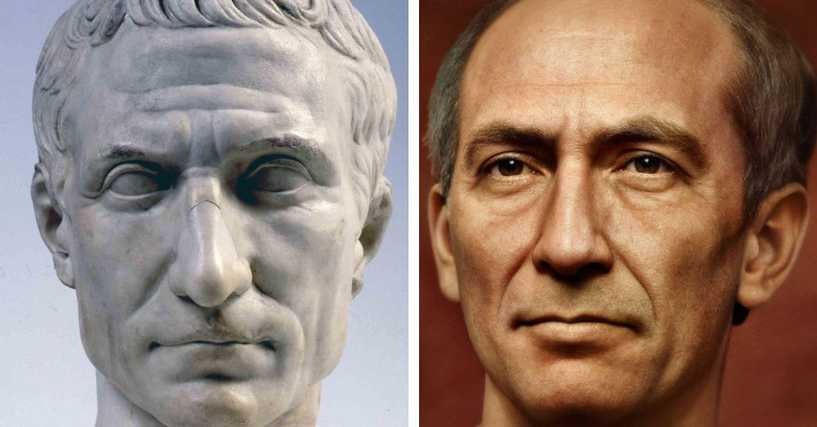Computers and advanced technology have become a part of our lives. And surprisingly, they help us create something new and better, like generating images of historic figures.
Recently, this A.I. trend has gained popularity and people are loving it for all the right reasons. Scroll down to see 15 historic figures and how they looked like according to A.I.
Vincent van Gogh
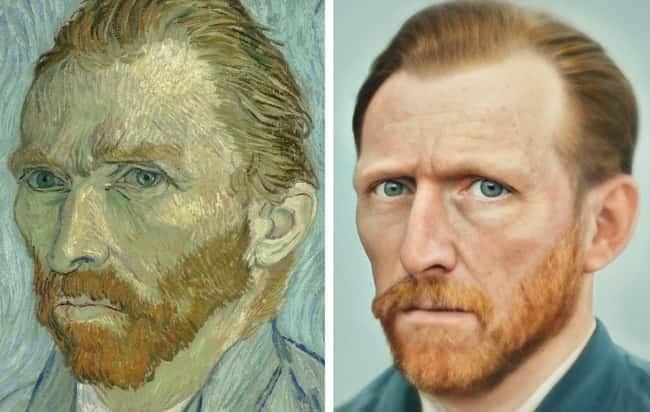
Van Gogh painted many self-portraits. The image at left was painted in 1889.
Napoleon Bonaparte
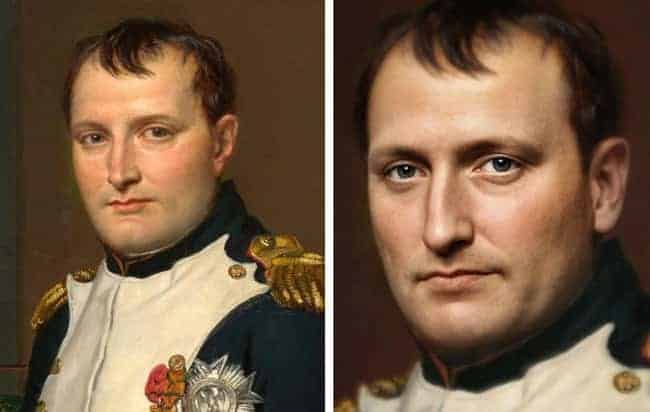
This image is based on Jacques-Louis David’s 1812 painting The Emperor Napoleon In His Study At The Tuileries.
Marcus Aurelius
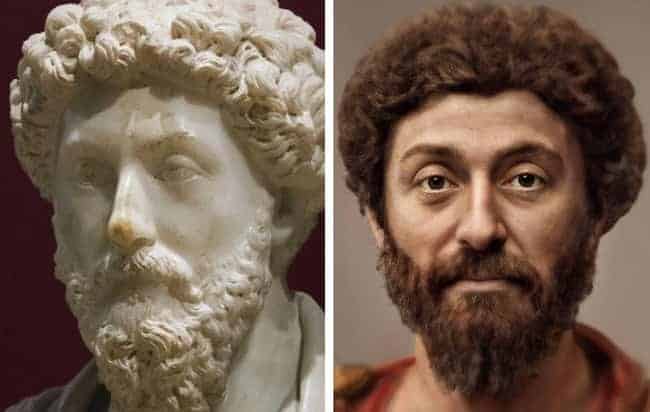
The last of the so-called “Five Good Emperors” of Rome, Marcus Aurelius wore a beard in the Greek style, as was fashionable at the time. There are several extant portraits of him, both in statuary and coinage.
Statue of Liberty
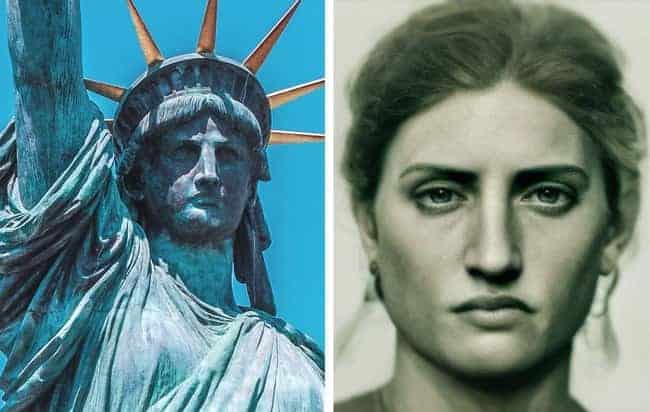
This recreation imagines the Statue of Liberty as a real woman. The actual identity of the statue’s model (commonly believed to be the sculptor’s mother) is a matter of some debate.
William Shakespeare
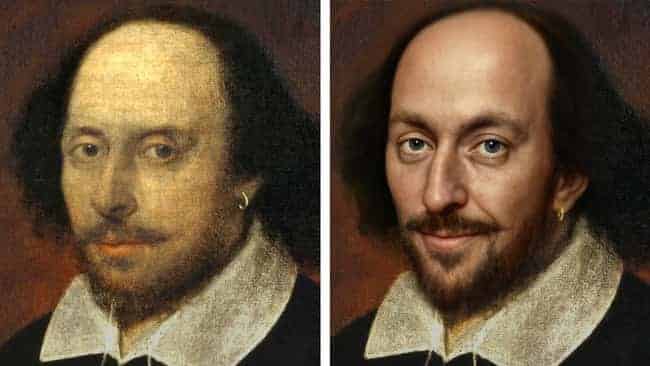
This AI reimagining of the Bard is based on the famous “Chandos portrait,” believed to have been created by John Taylor. While the painting has not been authenticated to an absolute certainty, many experts believe it is genuine.
George Washington
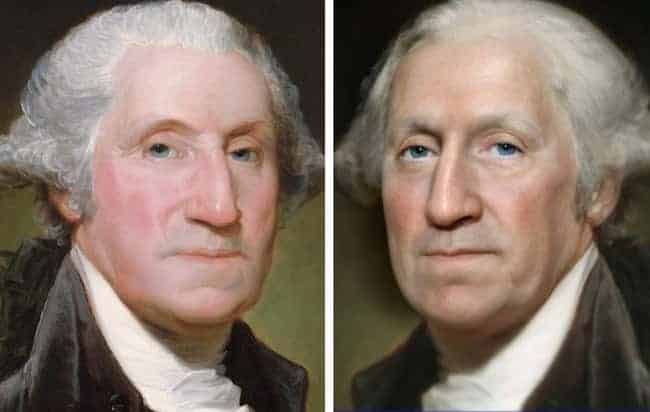
The primary source for this image appears to be Gilbert Stuart’s 1795 portrait of then-President George Washington.
Caligula
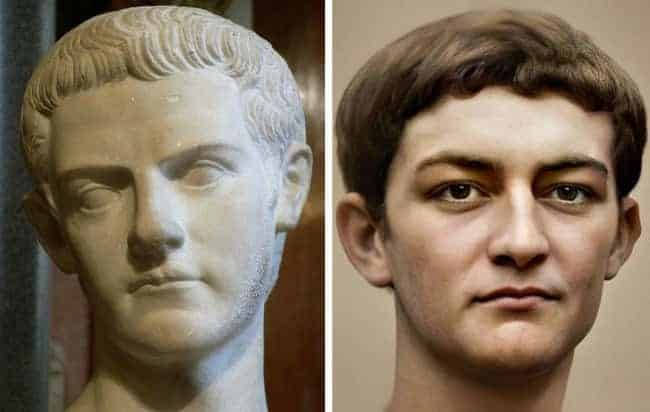
There are several extant images of the Roman emperor Caligula, both sculpted busts and coinage. His real name was Gaius Caesar Augustus Germanicus. He has become notorious for cruel and mad behavior during his brief reign, although the paucity of historical sources makes it hard to form an objective assessment.
Alexander the Great
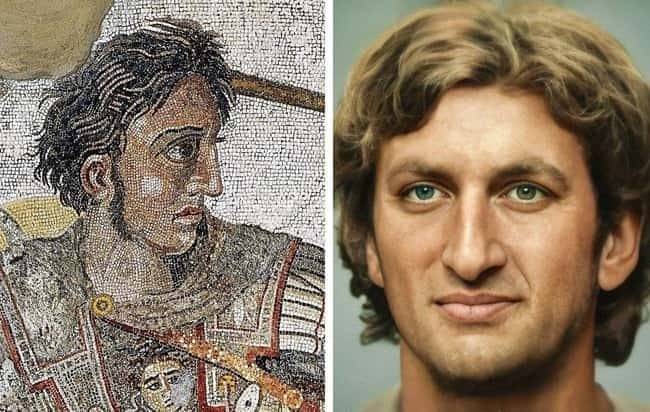
Uterwijk doesn’t specify his sources for this AI interpretation of the famed Macedonian conqueror. One of the most famous images, and somewhat reliable given its antiquity, is from the so-called ‘Alexander Mosaic‘ recovered from Pompeii.
Venus, As Painted By Botticelli
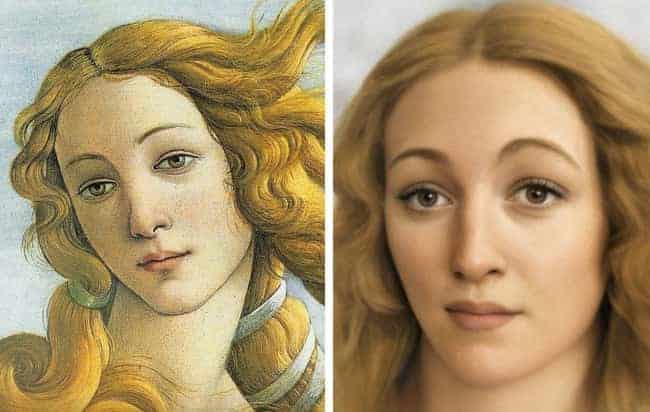
Sandro Botticelli’s The Birth of Venus (detail shown at left) is one of the most famous paintings ever created. Its model may have been Simonetta Vespucci, a Genoese noblewoman renowned for her beauty, although this is disputed.
David (Statue By Michelangelo)
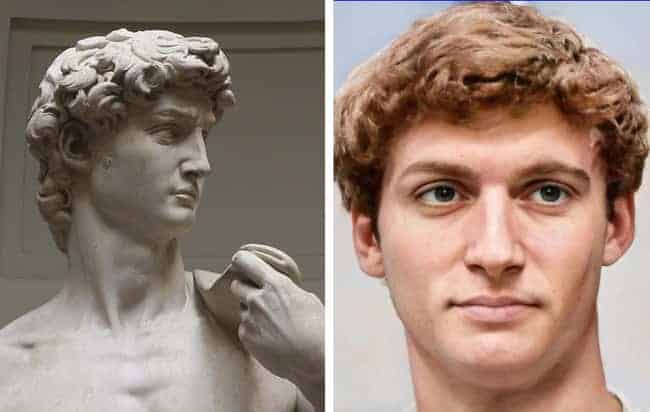
Of course, nobody knows what the Biblical David actually looked like. This image takes as its source the legendary Renaissance sculpture by Michelangelo Buonarotti. It’s unknown what Florentine model (or models) Michelangelo used in conceptualizing his masterpiece.
Jesus Christ
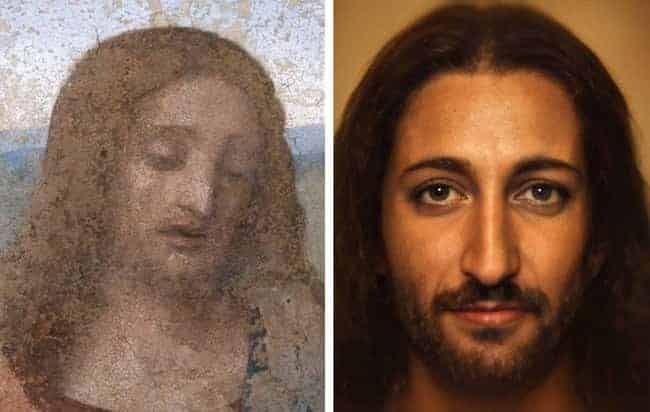
It’s not known what Jesus looked like, and Eurocentric Renaissance interpretations – such as in Leonardo da Vinci’s Last Supper (shown at left) – are probably inaccurate. Judging by the hashtags on his Instagram posting, Uterwijk blended various sources to create this portrait, including the Shroud of Turin and Da Vinci’s Salvatore Mundi painting. Accurate or not, the result is evocative.
Julius Caesar
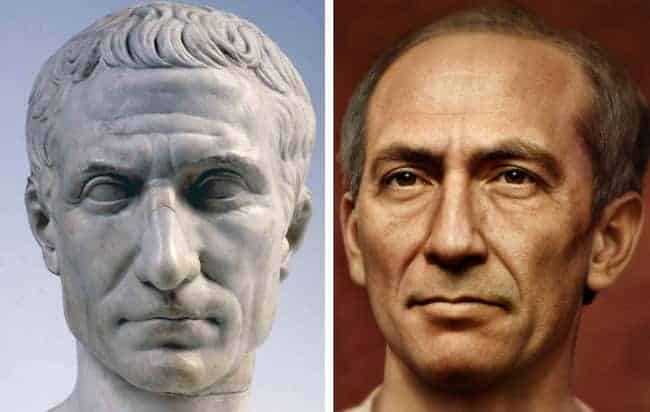
There are a number of busts purported to be portraits of Julius Caesar, though some have been dated as posthumous. Uterwijk states that he based this portrait on a mixture of three sculptures – the Chiaramonti, Tusculum, and Arles busts. The Chiaramonti bust is the one pictured at left.
Niccolò Machiavelli
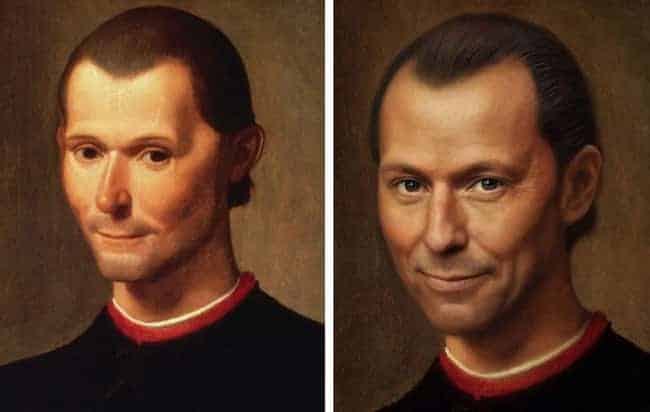
This reconstruction derives from a single posthumous portrait of Renaissance political theorist Niccolo Macchiavelli, painted in the second half of the 16th century by Santi di Tito.
Rembrandt
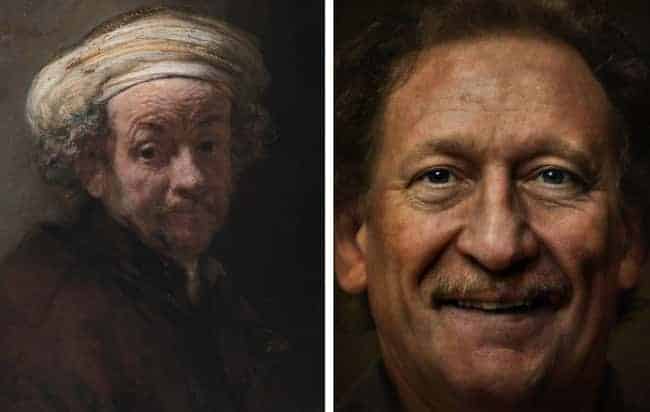
Rembrandt painted numerous self-portraits throughout his life, providing ample resources for attempts to reconstruct his real-life appearance. The painting at left was made in 1661.
Ancient Man From Roman Egypt
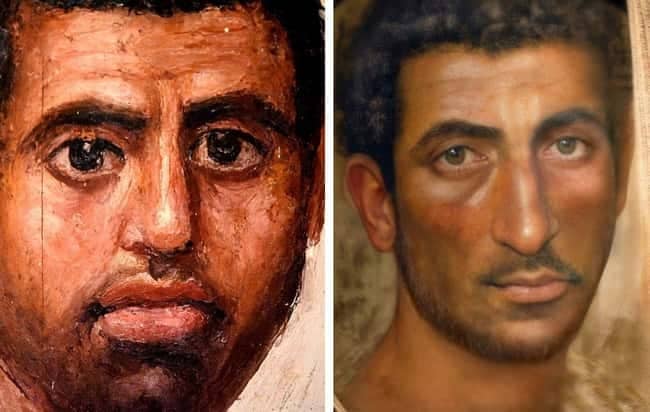
The so-called Fayum Portraits are funerary paintings meant to decorate the mummies of citizens of Roman Egypt. The picture at left is dated to 80-100 C.E.


